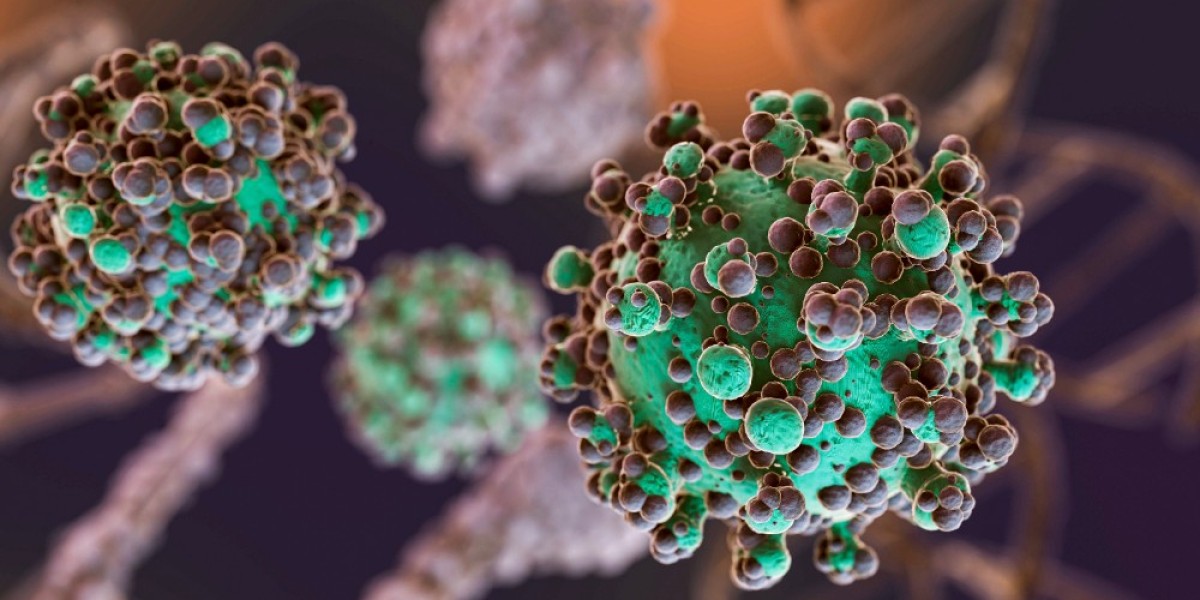The tumor microenvironment (TME) represents a complex and dynamic ecosystem that plays a critical role in cancer progression, development, and response to treatment. Unlike traditional views that focused solely on cancer cells, modern oncological research recognizes the intricate interactions between tumor cells and their surrounding cellular and molecular components. Understanding the tumor microenvironment provides crucial insights into cancer biology and potential therapeutic interventions.
Understanding the Cellular Composition of Tumor Microenvironment
The Tumor Microenvironment is a sophisticated network comprising multiple cell types that interact and communicate continuously. Cancer cells are not isolated entities but are embedded within a complex cellular landscape that includes immune cells, stromal cells, endothelial cells, and various supporting molecular structures. These diverse cellular components create a unique environment that can either suppress or promote tumor growth.
Immune cells within the tumor microenvironment play a particularly significant role in cancer progression. Tumor-associated macrophages, T cells, natural killer cells, and dendritic cells interact dynamically with cancer cells, influencing tumor growth, metastasis, and potential immune responses. Some immune cells can be recruited and reprogrammed by tumor cells to support their survival and expansion, creating a challenging landscape for traditional treatment approaches.
Molecular Signaling and Communication Mechanisms
Molecular communication within the Tumor Microenvironment Analysis occurs through complex signaling pathways involving cytokines, growth factors, and extracellular vesicles. These molecular interactions enable cancer cells to manipulate their surrounding environment, promoting tumor growth, angiogenesis, and immune evasion. Specific signaling molecules like transforming growth factor-beta (TGF-β) and interleukin-6 (IL-6) contribute significantly to creating a pro-tumorigenic environment.
Extracellular matrix (ECM) components also play a crucial role in tumor microenvironment dynamics. The ECM provides structural support and serves as a communication platform for cellular interactions. Cancer cells can modify ECM composition, increasing matrix stiffness and promoting tumor progression. These modifications create favorable conditions for cancer cell migration, invasion, and metastasis.
Angiogenesis and Metabolic Reprogramming in Tumor Microenvironment
Angiogenesis represents a critical process within the tumor microenvironment, enabling tumor growth and metastasis through the formation of new blood vessels. Vascular endothelial growth factor (VEGF) and other pro-angiogenic factors stimulate endothelial cell proliferation and vessel formation, providing essential nutrients and oxygen to expanding tumor masses.
Metabolic reprogramming is another remarkable characteristic of the tumor microenvironment. Cancer cells alter their metabolic processes to support rapid proliferation, often relying on glycolysis even in oxygen-rich conditions—a phenomenon known as the Warburg effect. This metabolic shift creates a unique microenvironmental landscape that supports tumor survival and progression.
Immune Evasion Strategies in Tumor Microenvironment
Cancer cells develop sophisticated mechanisms to evade immune surveillance within the tumor microenvironment. Immune checkpoint molecules like PD-L1 enable tumor cells to suppress immune responses, preventing effective elimination by the body's defense mechanisms. Additionally, immunosuppressive cells such as regulatory T cells and myeloid-derived suppressor cells create an environment that inhibits anti-tumor immune responses.
The complexity of immune interactions within the tumor microenvironment has led to groundbreaking immunotherapy approaches. Checkpoint inhibitors and CAR-T cell therapies aim to overcome these immune evasion strategies by reinvigorating or redirecting immune responses against cancer cells.
Stromal Cells and Their Contributions to Tumor Progression
Stromal cells, including fibroblasts, endothelial cells, and pericytes, contribute significantly to tumor microenvironment dynamics. Cancer-associated fibroblasts (CAFs) actively participate in tumor progression by secreting growth factors, remodeling the extracellular matrix, and promoting cancer cell invasion.
These stromal cells create a supportive ecosystem that facilitates tumor growth and metastasis. They can be recruited and reprogrammed by tumor cells, transforming from normal tissue-supporting cells into active contributors to cancer progression.
Therapeutic Implications and Future Perspectives
Understanding tumor microenvironment complexities opens novel therapeutic opportunities. Targeting specific microenvironmental components rather than focusing exclusively on cancer cells represents an emerging strategy in oncological treatment. Combination therapies targeting multiple aspects of the tumor microenvironment show promising results in experimental and clinical settings.
Get More Insights On- Tumor Microenvironment
Get This Report In Japanese Language
Get This Report In Korean Language
Resources- Advancements in Neuroendocrine Tumor Treatment: Emerging Therapies and Technologies
About Author:
Priya Pandey is a dynamic and passionate editor with over three years of expertise in content editing and proofreading. Holding a bachelor's degree in biotechnology, Priya has a knack for making the content engaging. Her diverse portfolio includes editing documents across different industries, including food and beverages, information and technology, healthcare, chemical and materials, etc. Priya's meticulous attention to detail and commitment to excellence make her an invaluable asset in the world of content creation and refinement.
(LinkedIn- https://www.linkedin.com/in/priya-pandey-8417a8173/)



